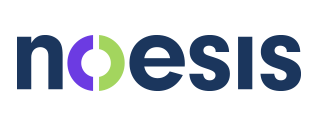Last month we focused on the importance of pictures to our brain when setting inspirational goals for the year ahead. Today we look at the third P: The importance of being present.
Being present, in how we think about, and even write our goals, beefs up the pulling power that a goal has on us. Here are 2 simple research-based suggestions for setting goals in ways that prime your brain to achieve them:
- Get present to ‘why’
As we shift back into our busy workday routines, take time to step back and reflect on why you want to achieve your goal. If you aren’t taking the time to be present to what your longer-term, deeper motivation is for achieving a goal, you are likely missing out on the benefits of activating your brain’s reward circuitry. Turning on this powerful ancient circuitry tells the brain that something important and rewarding is happening when thinking about and working toward our goal.
Step back from your busy routine and get very clear on what behaviors you want to change and why. Being more aware of our present habits that no longer serve us, is the first step in changing our behavior, critical to goal achievement. After all, we can’t change anything that we aren’t aware of in the first place.
- Present tense
Goal language has a huge influence on what we believe is possible. Anything we think, feel, say or do repeatedly becomes hardwired either as beliefs or non-conscious biases. This is a storage and energy efficiency function of our brain.
So, ideally, we want our goal language to be stated as if we’ve already achieved what we want. We call these, ‘finish line’ focused goals. If we set a goal with the brain in mind, the language captures what happens as we cross the finish line of success!
Use your imagination to see yourself having just achieved your goal, and note the emotions, sights, and feelings in that present moment. Elevated positive emotions activate the brain’s reward circuitry, stimulating dopamine, serotonin, and norepinephrine – an energizing chemical cocktail essential for motivating and sustaining your focus on your goal over the months ahead.
Examples of present-tense goals:
- I am a 100% empowering and motivating leader.
- My workday gives me energy and deep focus.
- I weigh 140 pounds on June 30.
Next time we focus on the will look at the fourth P, the importance of practice. Good luck!


Recent Comments